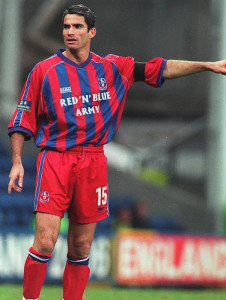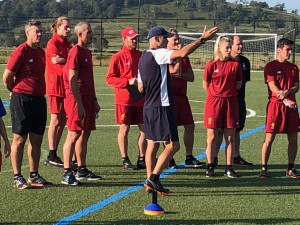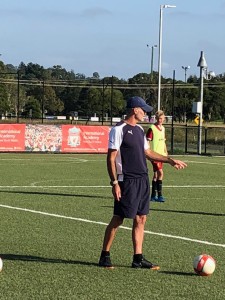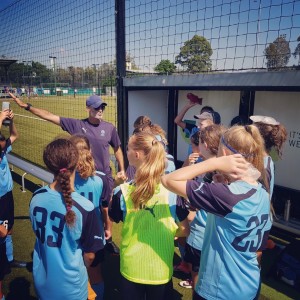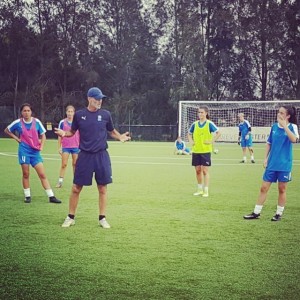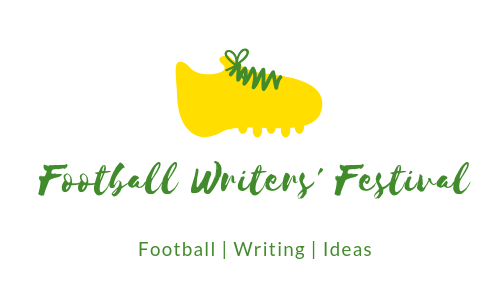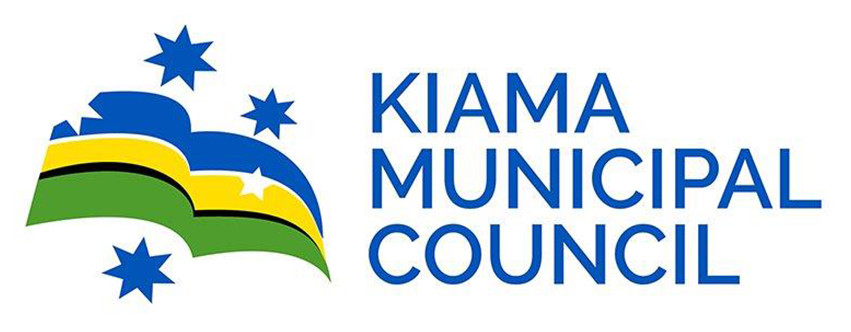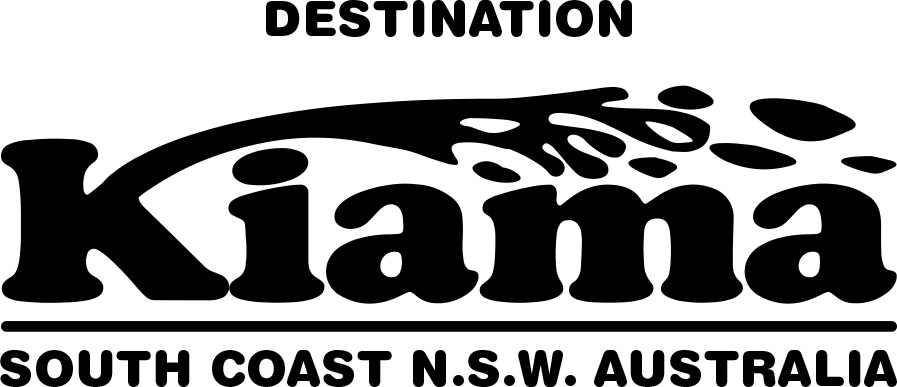When Craig Foster, former Socceroo, and SBS Chief Football Analyst, boards his Qantas flight on June 7th to cover his fifth World Cup, there will be a myriad of thoughts passing through his mind.
The man who was regarded by former Australian youth coach, Vic Dalgleish, as one of the greatest young talents he’d ever seen when he played for the Australian Joeys in the 1985 World Championship, has a host of credits to his name but has always put his love of football before personal glory.
After Australia’s 4-0 win against the Czech Republic, Foster would be more confident about the team’s prospects in the next few weeks.
However, he knows the difficult challenge ahead for the Socceroos and how important the results will be for Australian football.
As the leader of the Southern Expansion bid, Foster has arguably taken on the biggest challenge of his life in football but he knows success in this endeavour can be his greatest contribution to date.
In this interview with Roger Sleeman, Craig Foster elucidates his thoughts on the state of the A- League and the national team, analyses the performance of the game’s administration and outlines the bid for Southern Expansion.
ROGER SLEEMAN
You’ve been a professional player, commentator, PFA official and coach over all these years.
Where do you see the game at this point in time?
CRAIG FOSTER
It’s in a transition phase, after we experienced the cultural change process in the early 2000’s.
Unfortunately, in that process we didn’t learn from our previous mistakes and brought in people from outside the game with no knowledge.
It’s to this day, one part of Frank Lowy’s legacy which he shouldn’t be proud of, particularly since he’d been involved in football for many years before.
Lowy espoused the view to the football people that they weren’t good enough and none of them knew anything. Therefore, this was self justification for going outside the game and employing people who he believed knew what they were doing.
When meeting with John O’Neill and other FFA officials after they came to power, it was quickly apparent that the errors of history had not been learned and for me it was a debilitating and unrewarding experience.
R.S.
What is your opinion of the standard of the A-League and the national team?
C.F.
Both have dropped in recent years but I’m still a supporter of much of the professional game.
The problem lies with player production and the next couple of years will be critical.
I’d certainly like to see some research studies on our national methodology to correct the current backward trend.
Significantly, there’s been a major failure within the A-League club setup with a non–existent youth structure.
The game has now come full circle since the A-League started with the clubs spending 2-3 billion dollars with nothing to show for it.
Therefore, it has to be finally accepted that employing outside people with no context, understanding or love of our game just doesn’t work.
Football people must be running the game so we can define a clear pathway for youth development to lift standards.
R.S.
What are Australia’s chances in Russia, especially in light of the controversial short term appointment of Bert van Marjwick?
C.F.
I remain optimistic for the team but it’s a concern we have a manageable draw which we should’ve been building towards.
The national team situation is similar to the old NSL where there were continual changes, no strategy, instability, politics and no long term planning.
If we adopt a strategy in our first match against France to sit back and reduce the damage as we did against Germany in 2010, it could cost us dearly again.
Sitting back and trying to nullify the opposition is not the way Aussies play but there is often a lack of confidence present in our national teams.
If the team doesn’t do well, it will be the football people who have to pick up the pieces while the others will leave.
It will be the football people who have to get the fans back and get the A-League working properly again.
R.S.
There has been a total lack of promotion for the World Cup.
Why hasn’t the FFA provided additional funds for SBS and Optus to promote the tournament?
C.F.
The World Cup is a huge opportunity to showcase and sell the game which should be an important role of the FFA, now that the A- League is out of season.
The way the Socceroos play in Russia can be vital in engaging people to follow the A-League by making them proud of our national team and stimulate their interest in the national competition.
Also, we have to leverage the World Cup through our playing style and if possible progress to the next round because this is the best form of promotion we can have.
R.S.
From the end of April to mid-October when the A- League is in recess, there is very little coverage of football, apart from the state websites and under resourced live streaming.
We are giving away market share to other sports for this time period.
How can we correct this situation?
C.F.
There is a problem because there are so many people employed in the game but they aren’t like football people who are in the game all the time and for whom it’s a way of life.
Consequently, we need people who live in the game to be employed in it and to grow it beyond the 1% professional level focus.
R.S.
Football NSW, as the biggest state body in the country, has considerable funds at its disposal with a large asset base.
Why doesn’t it make more effort to promote the NPL to the mainstream sporting public as well as the existing football fan base?
C.F.
For the NPL to be recognised by the mass market we need a national 2nd division, sooner rather than later, and I welcome the AAFC working with the NPL clubs to achieve this end. However, they haven’t yet released a clear blueprint with a defined time frame.
The national 2nd division will certainly increase coaching and playing stocks but when you consider nine local clubs are struggling in the A-League, it needs a Trojan plan for the NPL clubs to foster a prosperous 2nd division.
Therefore, as the leading state body with the greatest resources, I would like to see FNSW take leadership on the proposal for a 2nd division and bring the other state bodies into the equation.
R.S.
You are now leading the Southern Expansion bid for inclusion in the A-League.
Can you outline the proposal and its current status?
C.F.
When I was first approached by the Chinese consortium to be involved, I insisted the following criteria be observed.
- Free fees for all kids.
- Build a Football Centre of Excellence with the appropriate infrastructure.
- Engage with the three junior associations, Sutherland, St. George and South Coast to be included in the club’s catchment area.
At the moment, the A- League and W-League aren’t engaging sufficiently with the grassroots and this failure stems back to John O’Neill and Frank Lowy who never put into place such policies and ignored these regions which have such a strong football history.
R.S.
Are the three areas you’re touting for too big for one A-league club?
C.F.
If you don’t include Sutherland and St. George, Wollongong standing alone will not meet the scale required to take the game forward.
If a region hasn’t got at least 500,000 people, participation numbers aren’t high enough to justify A-League representation.
We’ve said to Wollongong you can be part of us, because on their own, Wollongong Wolves will not be sustainable.
It’s my job to create a sustainable club, to raise a fan base which will contribute to its long term viability, to raise Australian football standards and to compete in Asia which will be a great incentive for grassroots players to graduate through the club and reach the highest level in the game.
R.S.
Danny Townsend, Sydney F.C. CEO, stated two months ago that 30% of their supporters are from Sutherland and St. George and with the refurbishment of Allianz Stadium, they will be playing several matches at Kogarah Oval next season.
How will you combat this rhetoric in advancing the cause of your bid?
C.F.
It’s sad that Sydney F.C., who had a target market of three million when the A-League started with a participation rate of 100,000, sees an expansion of the League in Sydney as competition which could put them out of business.
Granted, Danny Townsend is a former player who understands the game well and he’s a got a job to do for Sydney FC.
However, the implementation of sound policy for the well being of the game across NSW is the critical issue.
It’s ridiculous there are only two clubs in the Sydney market when there is room for the Southern expansion team and a team from South Western Sydney.
It doesn’t make sense for Sydney FC to dominate our biggest market based on self-interest when the game is in trouble so I’d be happy to sit down with him and discuss what is best for the game. Critically, if Sydney FC fails, he will die with them.
R.S.
What is the FFA doing wrong and how would you improve the organisation?
C.F.
The game has no soul and the fans and passionate football people are holding the game up.
We will not progress until the people running the game can engage the community and talk in football language while providing the very best coaching to schools and clubs.
I believe the administration just doesn’t like football people because they consider us a nuisance, self-opinionated and speak the truth in a different language.
I’m involved in coaching as well as my role at SBS and they won’t talk to me, so until we employ people who are part of us, the game won’t go ahead.
It starts at board level where the members don’t participate in the game and just turn up for meetings.
When Frank Lowy returned to football in 2003, the game wasn’t meant to be his personal heirloom.
He was expected to use his business skills and influence to fix the game and hand it back to the football community in better shape.
History will fairly and squarely judge his performance during the last fifteen years of the game but the sad truth is, we still are the number five sport in the country despite our large participation rate.

